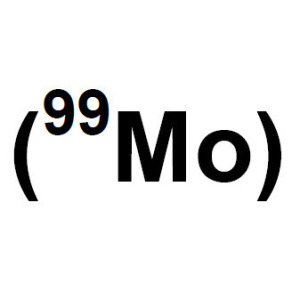by
Brendon Nafziger, DOTmed News Associate Editor | January 04, 2013
Congress passed a bill late last month to shore up domestic production of molybdenum-99 and phase out the export of high-enriched uranium to make radiopharmaceuticals.
The bill authorizes funding of "non-federal entities," such as universities and private companies, to research and develop new ways to make the radioisotope used in tens of thousands of nuclear medicine imaging exams in the United States every day.
The bill, the American Medical Isotope Production Act of 2011 (or S. 99), was approved unanimously by the Senate and included in a bicameral conference agreement on national defense spending for fiscal 2013 that passed Dec. 21. President Obama is expected to sign the bill, according to the Society for Nuclear Medicine and Molecular Imaging, which supports the measure. (Update: Obama signed the bill Thursday, after this article was written.)



Ad Statistics
Times Displayed: 174442
Times Visited: 3180 For those who need to move fast and expand clinical capabilities -- and would love new equipment -- the uCT 550 Advance offers a new fully configured 80-slice CT in up to 2 weeks with routine maintenance and parts and Software Upgrades for Life™ included.
S. 99 was sponsored by Sen. Jeff Bingaman, a Democrat from New Mexico and the chair of the Senate's energy and natural resources committee, and Sen. Lisa Murkowski, a Republican from Alaska. An earlier version of the bill was introduced, and stalled, in 2009.
The fragile supply chain
Currently, the supply chain for moly-99 is complex and fragile. The United States exports high-enriched uranium, which can be used to make weapons, to a handful of mostly aging nuclear reactors abroad. These reactors in turn use the uranium targets to create Mo-99, which is then shipped to radiopharmacies in the United States. These companies then provide generators to "milk" the moly into technetium-99m, a short-lived nuclear imaging agent primarily used for heart scans. About 50,000 technetium exams are performed in the U.S. every day.
Because of the age of these foreign reactors — some are nearly a half-century old — there are hiccups. Two years ago, the combined shutdown of one in Canada and one in the Netherlands caused shortages that resulted in delayed testing. The Canadian reactor, the National Research Universal reactor, is also scheduled to go offline for good in 2016.
The bill calls on Congress to get the program started in 3 years. Within 7 years, if all goes according to plan, the U.S. will no longer issue licenses for the export of HEU for medical isotope production. However, the bill does include an out — if global LEU supply hasn't caught up with U.S. demand, export licenses can be renewed.
Also, the bill calls on Congress to task the National Academy of Sciences with creating a report on moly-99 supplies in the next 5 years.
Budget complexities

